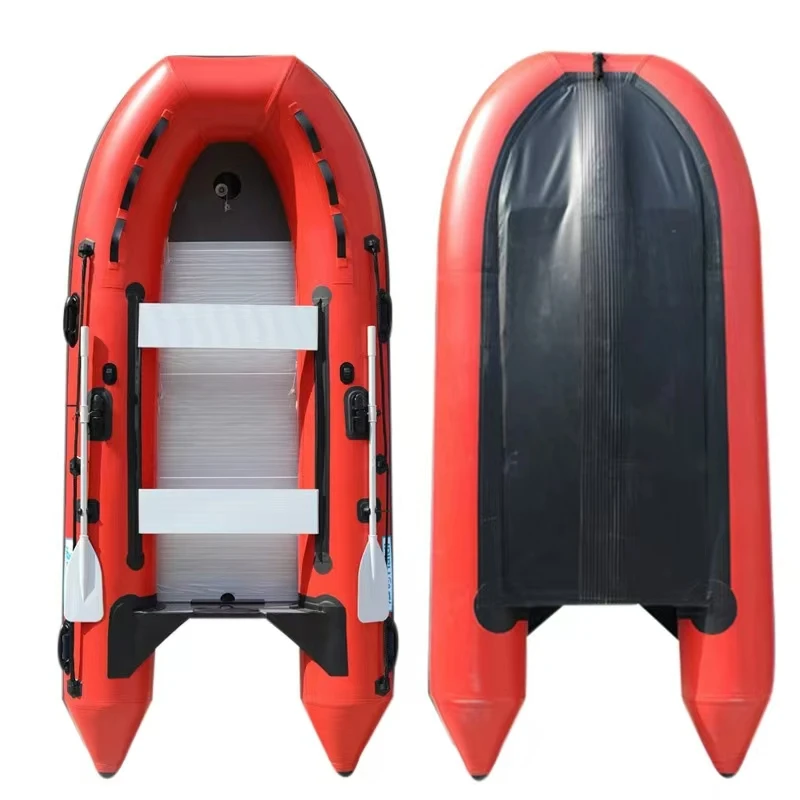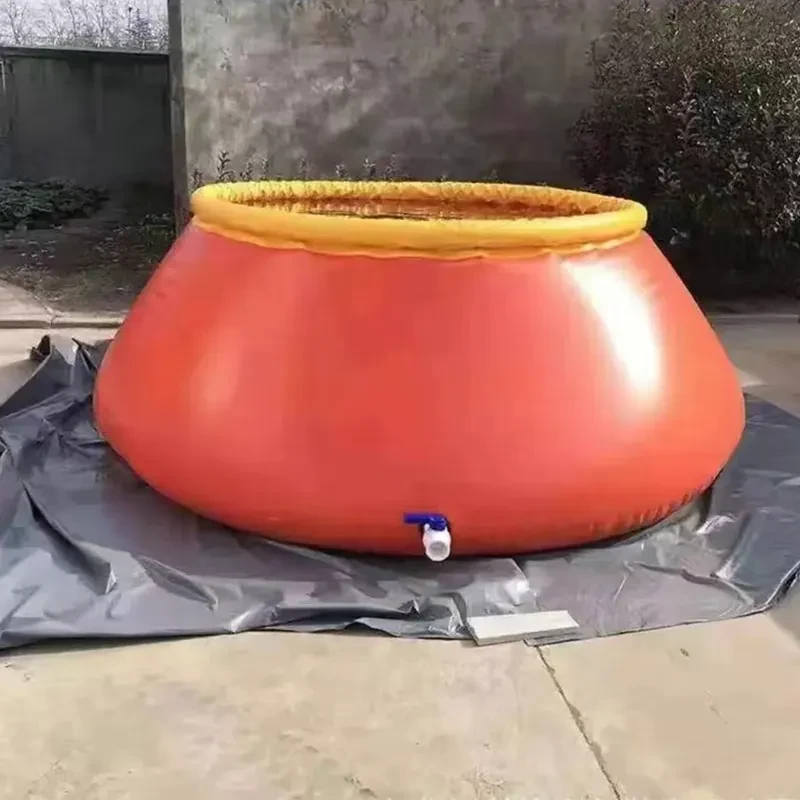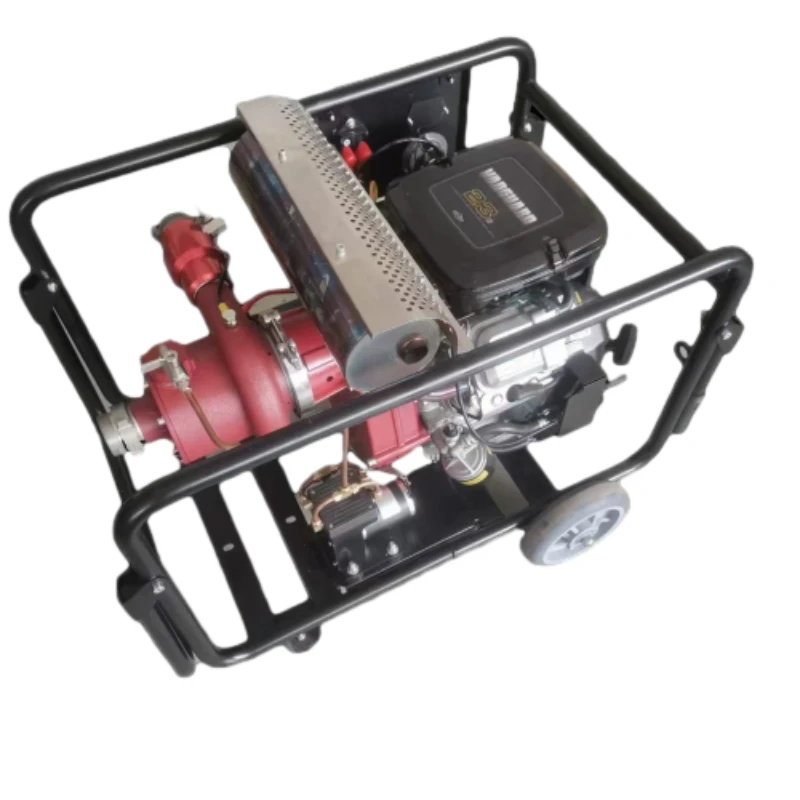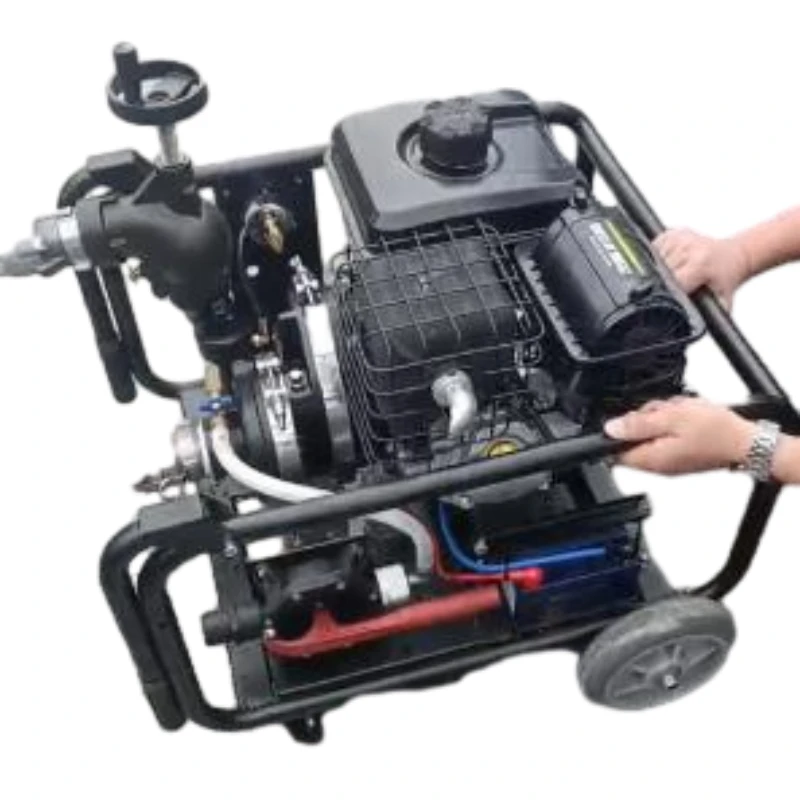Advancing Fluid Management: The Role of PORTABLE WATER TANK WITH STENTS in Modern Industries
In diverse industrial and emergency response sectors, the efficient and reliable containment and deployment of water resources are paramount. The advent of sophisticated solutions like the PORTABLE WATER TANK WITH STENTS represents a significant leap forward in this domain, addressing critical needs ranging from disaster relief and agricultural irrigation to construction site fluid management and temporary municipal supply. These advanced systems are engineered to offer rapid deployment, exceptional durability, and superior storage capacity, making them indispensable assets where traditional fixed infrastructure is impractical or unavailable. The integration of robust stent technology within the tank's design provides enhanced structural integrity and stability, ensuring reliable performance even under challenging operational conditions. This design innovation not only extends the operational lifespan of the tank but also simplifies setup and takedown processes, leading to significant time and labor efficiencies. As industries increasingly prioritize agility and resilience in their operations, the demand for versatile and high-performance water containment solutions continues to escalate, positioning the PORTABLE WATER TANK WITH STENTS as a cornerstone technology in contemporary fluid management strategies. Its adaptability across a spectrum of applications underscores its value, from emergency fire suppression in remote areas to supporting large-scale infrastructure projects requiring on-demand water supply. Furthermore, environmental considerations and evolving regulatory landscapes drive the adoption of solutions that minimize waste and maximize resource utilization, areas where these portable tanks excel by enabling precise water management and preventing spillage.
The design philosophy behind the PORTABLE WATER TANK WITH STENTS focuses on marrying extreme portability with uncompromising structural robustness. Unlike conventional bladder tanks that rely solely on external support or rigid container111s that sacrifice mobility, the integrated stent system provides inherent self-support, allowing for quicker setup and a more stable footprint. This is particularly advantageous in dynamic environments such as military operations, humanitarian aid missions, or large-scale industrial shutdowns where rapid response is crucial. The materials chosen for these tanks, typically high-grade reinforced PVC or specialized thermoplastic polyurethanes (TPU), are selected for their resistance to tearing, punctures, UV radiation, and a wide range of chemicals, ensuring suitability for potable water as well as non-potable industrial fluids. Compliance with international standards such as ISO and NSF/ANSI is a non-negotiable aspect of their manufacturing, guaranteeing not only structural integrity but also safety for various water applications. This commitment to quality and versatility underscores why the PORTABLE WATER TANK WITH STENTS has become a preferred choice for organizations requiring dependable, scalable, and rapidly deployable water storage solutions that can withstand the rigors of diverse operational climates and demanding logistical challenges. The ergonomic design considerations, including integrated handles and optimized folding mechanisms, further enhance their practical utility and ease of transport, solidifying their position as a leading solution in modern water logistics.
Industry Trends and Market Dynamics Driving Adoption
The global market for portable water solutions is experiencing robust growth, primarily driven by increasing water scarcity, the escalating frequency of natural disasters, and the expanding needs of various industrial sectors for flexible water management. Recent market analyses project a compound annual growth rate (CAGR) of over 6% for the portable water tank market from 2023 to 2030, with a significant portion of this growth attributable to advanced solutions like the PORTABLE WATER TANK WITH STENTS. Key trends include a shift towards more sustainable materials, enhanced durability for prolonged field use, and the integration of smart technologies for remote monitoring of water levels and quality. The focus on emergency preparedness, especially in regions prone to droughts, floods, or earthquakes, has highlighted the critical role of rapidly deployable water storage systems. For instance, post-disaster scenarios often necessitate immediate access to potable water for affected populations, where the quick setup and high capacity of these tanks become invaluable. In the agricultural sector, the increasing adoption of efficient irrigation practices, coupled with unpredictable weather patterns, drives demand for flexible water reservoirs that can be moved or expanded as crop cycles and water availability dictate. This necessitates solutions that are not only robust but also easy to transport and install without heavy machinery.
Beyond emergency and agricultural applications, industrial sectors such as mining, oil and gas, construction, and remote infrastructure development are significant drivers of the market for the PORTABLE WATER TANK WITH STENTS. These industries frequently operate in off-grid or temporary locations where establishing permanent water infrastructure is economically unfeasible or logistically challenging. For example, remote drilling operations require substantial volumes of water for drilling fluids and dust suppression, often sourced and stored temporarily on-site. The ability of these tanks to provide large-scale, secure storage that can be easily relocated or packed away upon project completion offers unparalleled operational flexibility and cost savings. Furthermore, increasing regulatory scrutiny on environmental protection and waste management means that industries are seeking containment solutions that prevent contamination and ensure responsible discharge. The sealed design and high-quality materials of the PORTABLE WATER TANK WITH STENTS contribute significantly to meeting these stringent environmental standards, reducing the risk of leaks and promoting efficient water re-use or treatment processes. This confluence of environmental imperatives, operational flexibility, and disaster resilience underscores the expanding and critical market for these sophisticated portable water storage systems across a broad spectrum of global industries and emergency services.
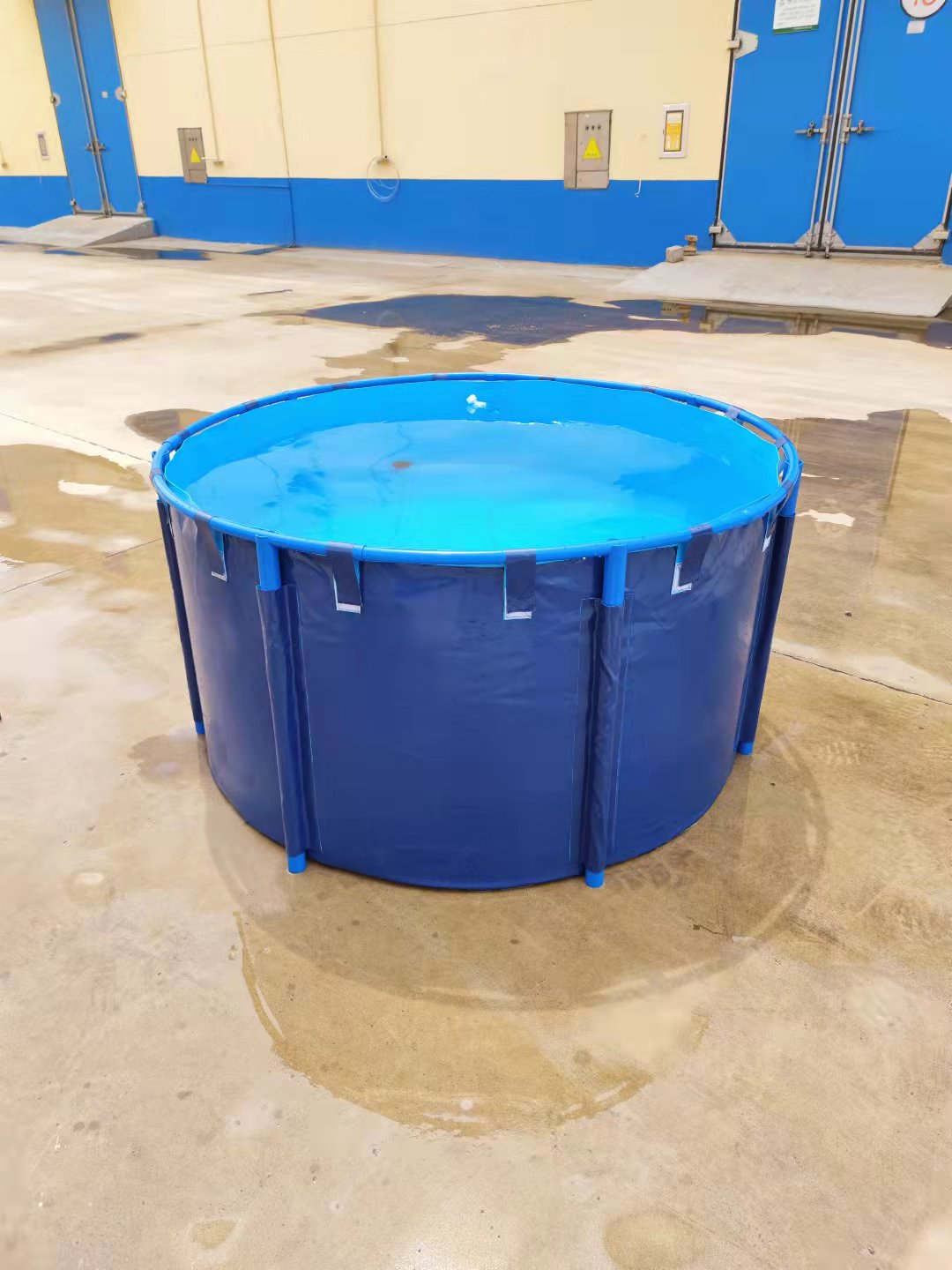
Technical Parameters and Specifications Overview
The performance and reliability of a PORTABLE WATER TANK WITH STENTS are inherently defined by its technical specifications, which dictate its suitability for specific applications. Key parameters include capacity, material composition, operational temperature range, UV resistance, and the structural design of the integrated stents. Capacities typically range from 500 liters (approximately 130 gallons) for smaller, rapidly deployable units up to 10,000 liters (approximately 2,600 gallons) or more for larger industrial or humanitarian aid applications. The primary material for the tank bladder is generally a heavy-duty, reinforced PVC or a specialized TPU (Thermoplastic Polyurethane), chosen for its exceptional tensile strength, puncture resistance, and chemical compatibility. For potable water applications, these materials must be FDA-approved and NSF/ANSI 61 certified, ensuring they do not leach harmful substances into the stored water. The stent material is often a high-strength, corrosion-resistant aluminum alloy or composite, designed to provide rigid internal support without significantly adding to the tank's overall weight or complexity during transport and deployment.
Furthermore, critical specifications include the type and size of inlet/outlet ports, which typically range from 1.5 inches to 4 inches, compatible with standard industrial hoses and pumps. These fittings are commonly made from durable brass or reinforced plastic to prevent corrosion and ensure leak-proof connections. The operational temperature range is also a vital consideration, with most advanced models designed to perform reliably from -30°C to +70°C (-22°F to +158°F), accommodating diverse climatic conditions. UV resistance is crucial for outdoor deployment, preventing material degradation and ensuring a longer service life, often measured in thousands of hours of direct sunlight exposure. The overall folded dimensions and weight are also significant for logistics, with manufacturers striving to minimize these for easier transportation and storage. Below is a representative table outlining typical specifications for a range of PORTABLE WATER TANK WITH STENTS models, illustrating the diversity in design and capability available to meet varied industrial and emergency response requirements, ensuring precise selection based on volume needs, environmental conditions, and specific fluid characteristics. This detailed understanding of technical parameters empowers purchasers to make informed decisions, aligning product capabilities with operational demands for optimal performance and return on investment.
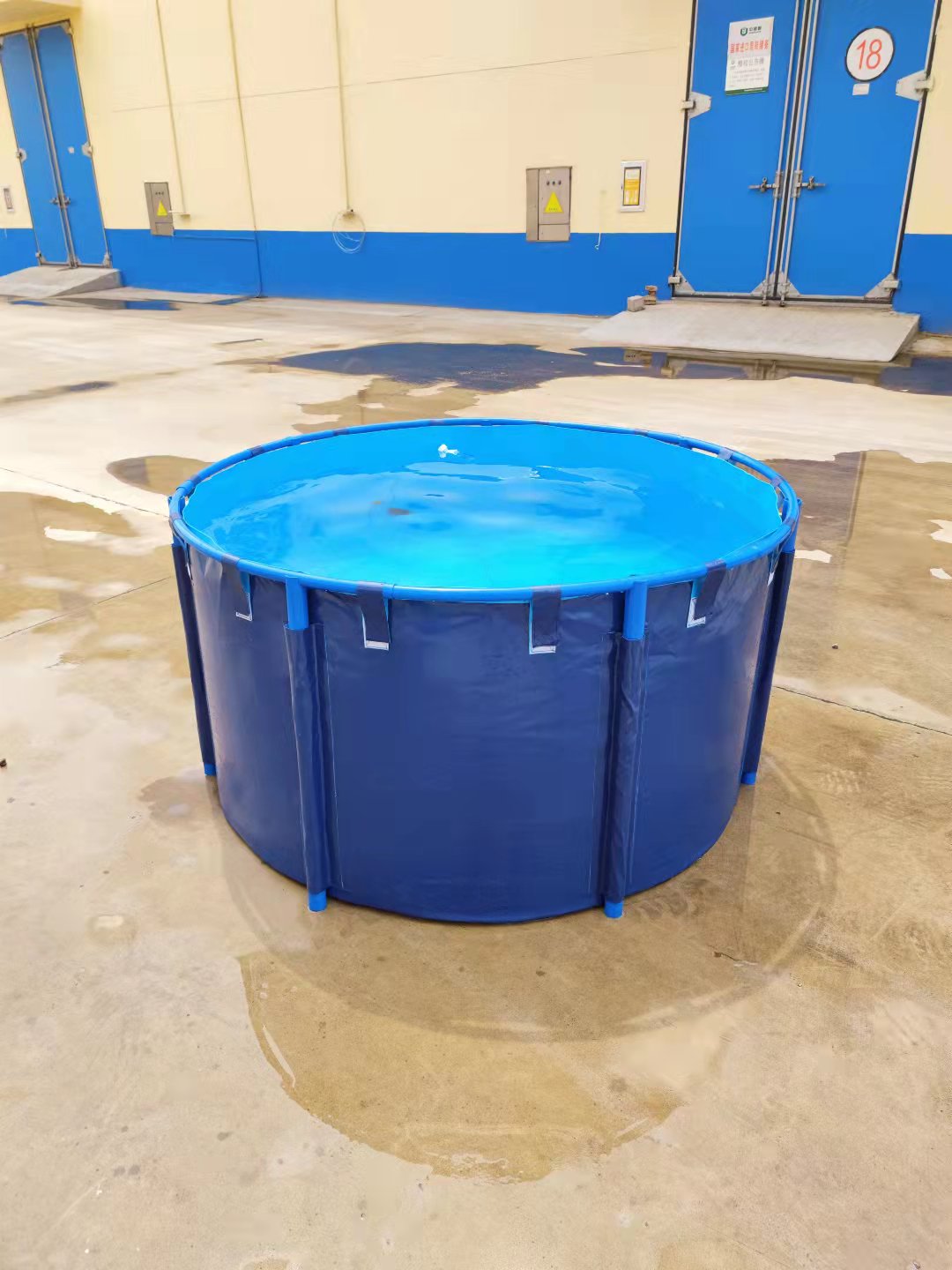
Manufacturing Process and Quality Assurance
The production of a high-quality PORTABLE WATER TANK WITH STENTS involves a meticulous multi-stage manufacturing process, commencing with the selection of premium-grade raw materials. The primary component, the flexible bladder, is typically fabricated from advanced polymer composite fabrics such as reinforced PVC or specialized TPU, known for their exceptional durability, chemical resistance, and flexibility. Material selection is rigorously based on intended use, e.g., NSF/ANSI 61 certification for potable water or specific chemical compatibility for industrial effluents. The manufacturing process for the bladder begins with large rolls of raw fabric, which undergo precision cutting using automated CNC (Computer Numerical Control) machines to ensure exact dimensions for each tank component. This accuracy is critical for subsequent welding and assembly stages. Following cutting, the individual fabric panels are joined using high-frequency welding or hot-air welding techniques, which create molecular bonds, resulting in seams stronger than the parent material itself. This specialized welding process is pivotal in preventing leaks and ensuring the long-term integrity of the tank. Each welded seam undergoes non-destructive testing, often involving visual inspection, pressure testing, and sometimes even ultrasonic testing, to detect any microscopic flaws.
Concurrently, the stent components, which provide the crucial structural support, are manufactured. These are typically crafted from lightweight, high-strength materials like anodized aluminum alloys or advanced composite rods, ensuring corrosion resistance and optimal weight-to-strength ratios. The manufacturing of stents often involves extrusion or precision machining (such as CNC machining for complex joints) to achieve the precise geometric forms required for rapid assembly and robust support. Post-fabrication, the stents undergo a rigorous quality check, including dimensional accuracy, material integrity (e.g., via spectrographic analysis for alloys), and load-bearing capacity tests. Assembly of the tank involves integrating the fabricated bladder with the stent system. This is an ingenious design, allowing the stents to be either internal, providing a self-supporting frame, or external, providing additional rigidity. The final stages involve the attachment of high-quality fittings, such as flanged inlets/outlets, ball valves, and pressure relief vents, which are typically forged or cast from marine-grade brass or robust engineering plastics, then securely welded or bonded to the tank body. Every finished PORTABLE WATER TANK WITH STENTS undergoes a comprehensive series of quality assurance checks, including a full-fill hydrostatic test to verify leak-proof integrity, pressure retention tests, and functional checks of all fittings. This stringent adherence to international standards like ISO 9001 and ANSI ensures maximum product reliability, an extended service life often exceeding 10-15 years under typical operating conditions, and suitability for demanding industries such as petrochemical, metallurgy, and municipal water supply. The meticulous craftsmanship from raw material to final product guarantees performance and peace of mind for critical applications.
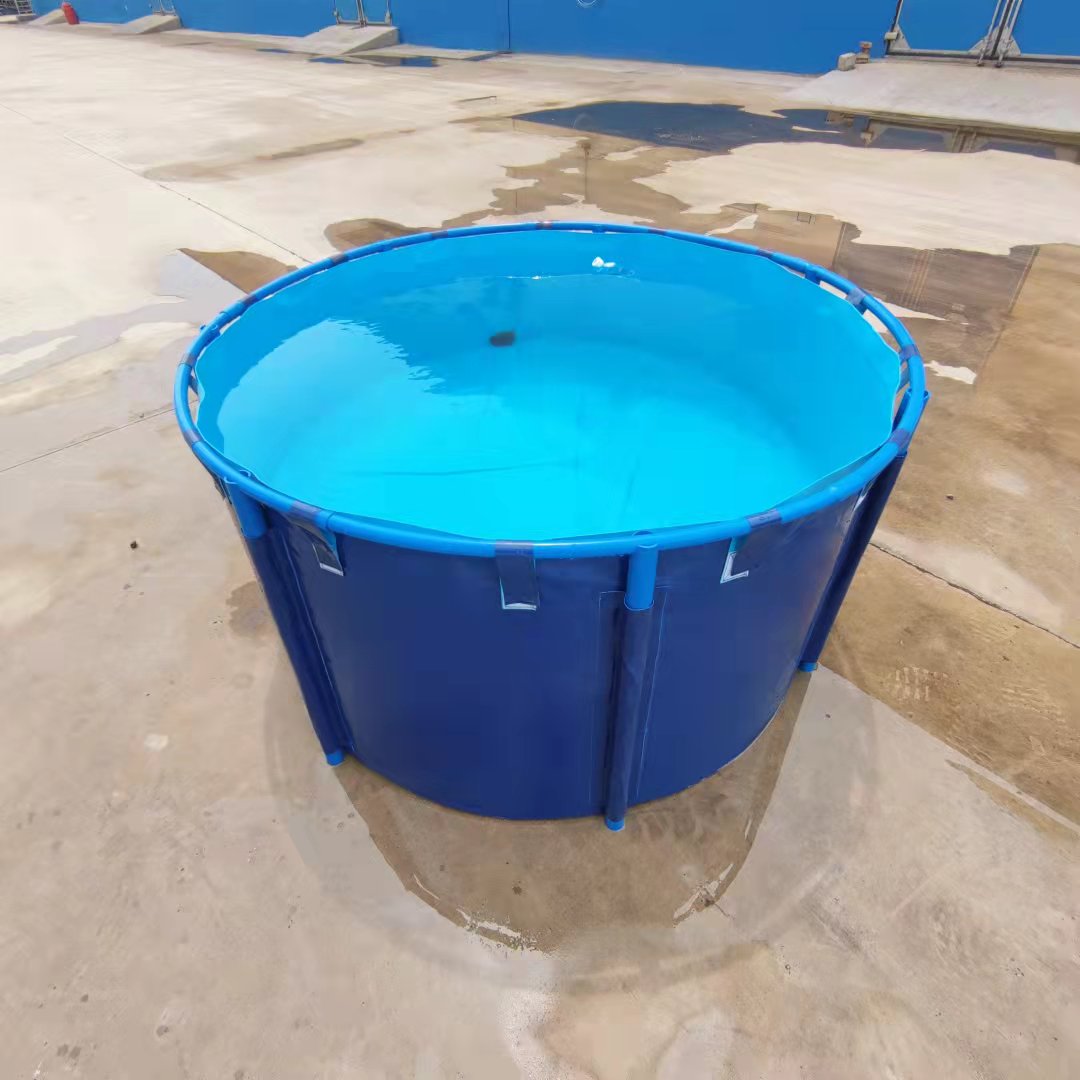
Key Technical Advantages and Performance Benefits
The inherent design and engineering of the PORTABLE WATER TANK WITH STENTS confer a multitude of technical advantages that translate directly into significant operational benefits across diverse sectors. One primary advantage is their superior structural stability compared to conventional collapsible tanks. The integrated internal or external stent system ensures that the tank maintains its form even when partially filled, preventing sloshing and distributing weight more evenly, which is critical for safety during transport and on uneven terrain. This enhanced stability also streamlines the filling and emptying processes, eliminating the need for external supports or complex ground preparation. Furthermore, the material science applied in these tanks, typically featuring advanced polymers with high resistance to abrasion, punctures, and UV degradation, contributes to an exceptionally long service life, often exceeding fifteen years with proper care. This longevity reduces the total cost of ownership (TCO) by minimizing the need for frequent replacements and associated logistical overheads, making them a cost-effective long-term investment for any organization requiring temporary or mobile water storage.
Another significant benefit is the remarkable ease of deployment and retrieval. Unlike rigid tanks that require heavy lifting equipment and dedicated transport, the PORTABLE WATER TANK WITH STENTS can be folded down into a compact size when empty, significantly reducing logistical footprint and enabling transport by smaller vehicles or even by hand in remote locations. This rapid deployability is invaluable in emergency scenarios, such as natural disaster response where minutes can mean the difference between life and death. The robust construction ensures that these tanks are not only resistant to harsh environmental conditions but also offer superior resistance to corrosion when compared to metallic tanks, particularly important for storing water with varying pH levels or in saline environments. This anti-corrosion property reduces maintenance requirements and extends the tank's functional life, delivering consistent performance. Moreover, in specialized applications like firefighting, these tanks provide a critical forward supply of water, allowing fire crews to establish a continuous water shuttle operation without relying on hydrants or distant water sources. Their ability to integrate seamlessly with standard pumping and filtration systems makes them an adaptable and highly efficient solution for maintaining critical water supply chains in challenging or evolving operational landscapes, ultimately enhancing efficiency and safety.
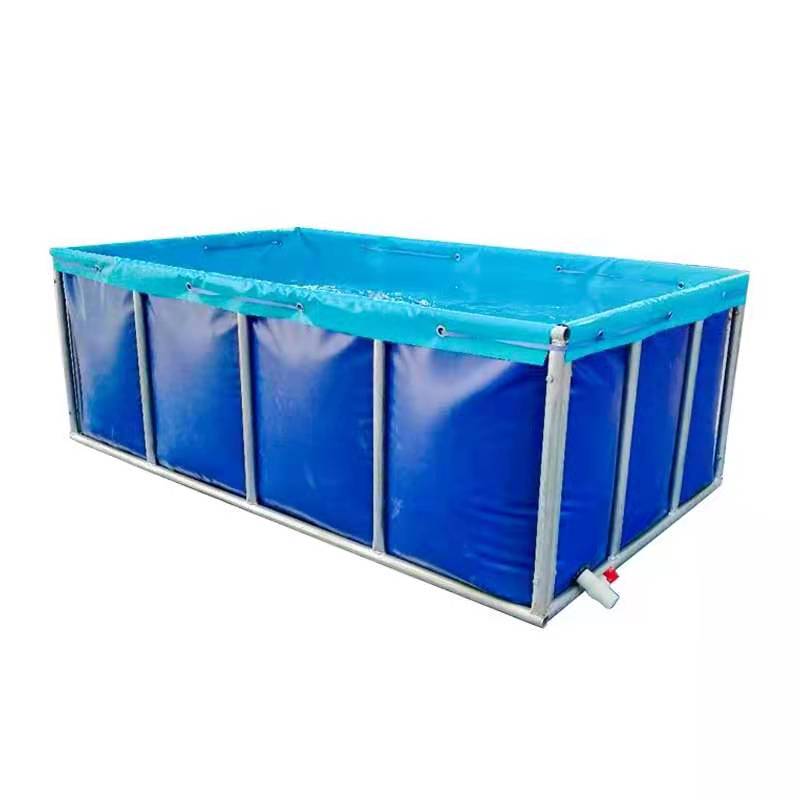
Diverse Application Scenarios and Industry Adaptability
The versatility of the PORTABLE WATER TANK WITH STENTS makes it an indispensable asset across a wide array of industries and operational contexts, demonstrating exceptional adaptability to diverse fluid management needs. In emergency response and humanitarian aid, these tanks are crucial for providing immediate access to potable water in disaster-stricken areas or refugee camps, serving as primary distribution points or temporary reservoirs for water purification systems. Their rapid deployment capability ensures that vital resources reach affected populations swiftly, often within hours of arrival. For agricultural operations, particularly in regions experiencing drought or requiring supplemental irrigation, these tanks serve as flexible, movable reservoirs for water harvesting, fertigation, and livestock watering. They enable farmers to optimize water usage by storing rainwater or treated wastewater, thereby reducing reliance on municipal supplies and contributing to sustainable farming practices. In construction and civil engineering, the tanks are used for dust suppression, concrete mixing, and providing water for on-site personnel and equipment washing, especially in remote or developing construction sites where permanent water access is limited. Their robust design withstands the demanding conditions of construction environments, including exposure to heavy machinery and rough terrain.
Furthermore, the mining and exploration sectors heavily rely on the PORTABLE WATER TANK WITH STENTS for various operations, including drilling fluid preparation, dust control in open-pit mines, and providing water for remote camps. The ability to easily transport and set up large volumes of water without significant infrastructure investment is a critical advantage in these often isolated and challenging environments. In the petrochemical industry, these tanks find application in temporary fluid storage during maintenance shutdowns, pipeline flushing operations, and spill containment, where their chemical compatibility and robust construction are paramount for safety and environmental protection. For municipal services, they act as temporary bypass storage during pipeline repairs, water main breaks, or for supplementary supply during peak demand periods or public events, ensuring continuity of service. Their use extends to military and defense operations, providing critical water supply for field operations, base camps, and tactical deployments, where reliability and rapid re-deployment are non-negotiable requirements. The inherent anti-corrosion properties of their advanced material compositions allow them to be used effectively with various types of water and mild industrial fluids, further expanding their applicability. This broad spectrum of applications underscores the strategic importance of the PORTABLE WATER TANK WITH STENTS as a multi-purpose solution for modern fluid storage and management challenges globally.
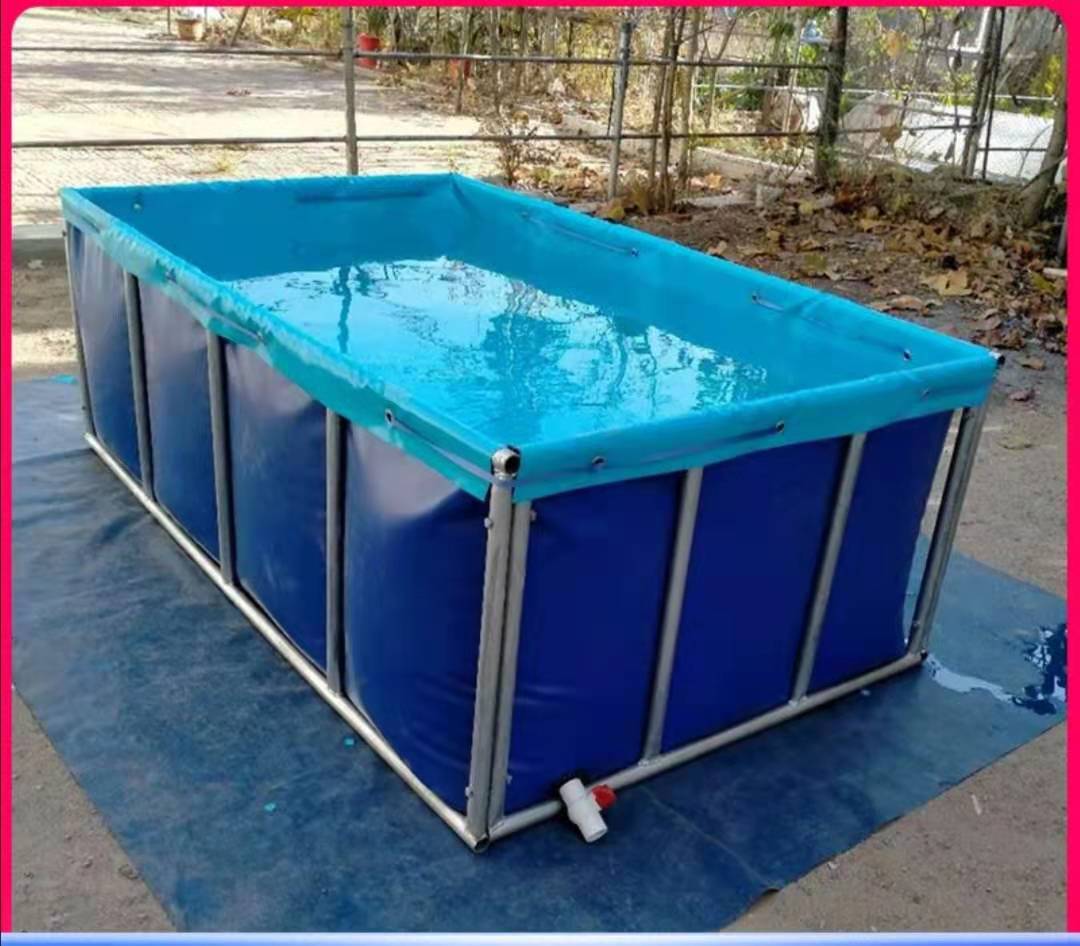
Manufacturer Comparison and Selection Criteria
Selecting the optimal PORTABLE WATER TANK WITH STENTS requires a thorough evaluation of various manufacturers and their specific product offerings, moving beyond initial cost to consider total lifecycle value. Key selection criteria should encompass not only technical specifications but also aspects related to material quality, manufacturing precision, adherence to international standards, and the manufacturer's reputation for innovation and customer support. For instance, while some manufacturers may offer seemingly lower upfront costs, closer inspection might reveal the use of thinner gauge materials, less robust welding techniques, or lower-grade fittings, which inevitably lead to a shorter service life and increased maintenance costs. Discerning buyers should prioritize manufacturers who provide transparent data on material specifications, including fabric weight (e.g., grams per square meter, GSM), tear strength, and burst pressure ratings. Furthermore, certifications such as ISO 9001 for quality management, NSF/ANSI 61 for potable water safety, and CE marking for European market compliance are non-negotiable indicators of a manufacturer's commitment to quality and safety standards.
Beyond product specifications, a reputable manufacturer of PORTABLE WATER TANK WITH STENTS will distinguish themselves through their engineering expertise, evidenced by their ability to offer bespoke customization options. This includes tailoring tank dimensions to fit unique spatial constraints, incorporating specialized fittings for specific equipment, or developing solutions for extreme environmental conditions (e.g., arctic or desert operations). Comprehensive after-sales support, including readily available spare parts, repair kits, and technical guidance, is another crucial differentiator that ensures operational continuity and extends the investment's value. A manufacturer's track record, including years of service in the industry and positive client testimonials or case studies from similar B2B clients, provides tangible proof of their reliability and product performance. Evaluating warranty periods and coverage, along with clarity on delivery timelines and global logistical capabilities, is also essential for seamless project execution. Ultimately, the decision should be driven by a holistic assessment of a manufacturer's capacity to deliver not just a product, but a complete, reliable, and sustainable water storage solution tailored to specific operational demands and long-term strategic objectives.
Customization Solutions and Tailored Implementations
Recognizing that every industrial application or emergency scenario presents unique challenges, leading providers of PORTABLE WATER TANK WITH STENTS offer extensive customization solutions to precisely meet client-specific requirements. This bespoke approach ensures that the tanks are not merely off-the-shelf products but integrated components of a larger, optimized fluid management system. Customization often begins with tailoring tank capacities and dimensions to fit specific transport vehicles, storage footprints, or operational layouts, from compact units for urban search and rescue to large-scale reservoirs for remote mining sites. Beyond size, material specification can be customized; for instance, opting for specialized TPU composites for enhanced chemical resistance against particular industrial effluents, or selecting certified food-grade materials for stringent potable water standards, such as those governed by FDA regulations. This material adaptability is critical when dealing with diverse liquid types beyond standard water, including fire retardants or certain non-corrosive industrial liquids.
Further customization extends to the integration of various fittings and accessories designed to enhance functionality and compatibility with existing infrastructure. This can include specialized inlet/outlet port sizes and types (e.g., custom flange sizes, quick-connect couplings, specific Camlock or Storz fittings), multiple port locations for simultaneous access, and the incorporation of pressure relief valves, overflow prevention systems, and integrated pump connections. For applications requiring stringent monitoring, options for level sensors, temperature probes, and telemetry systems can be seamlessly integrated, providing real-time data for efficient resource management. Furthermore, the stent system itself can be optimized for specific deployment speeds or terrains, such as reinforced frames for extremely rugged environments or lighter configurations for air-droppable aid missions. Manufacturers capable of delivering these tailored solutions demonstrate profound engineering expertise and a commitment to solving complex logistical challenges. This highly adaptable approach ensures that each PORTABLE WATER TANK WITH STENTS system is not just a container111 but a purpose-built solution, designed to integrate flawlessly into complex operational environments, maximizing efficiency, safety, and operational longevity in even the most demanding B2B applications. This level of customization distinguishes top-tier suppliers and ensures optimal performance.
Real-World Application Cases and Customer Success Stories
The practical effectiveness of the PORTABLE WATER TANK WITH STENTS is best illustrated through real-world application cases that highlight their transformative impact across various industries. One compelling example comes from a major humanitarian organization that deployed 2,000-liter tanks to remote villages in East Africa following severe drought. Within 72 hours of arrival, these tanks were fully operational, providing safe, potable water storage for over 50,000 people. The integrated stent system allowed for rapid setup by local teams with minimal training, significantly accelerating water distribution efforts compared to previous solutions that required extensive ground preparation or external support structures. This demonstrated not only the tanks' technical superiority in terms of self-sufficiency but also their critical role in life-saving initiatives. Another success story is from a large-scale mining operation in Western Australia. Faced with strict environmental regulations regarding dust suppression and a fluctuating need for water at various excavation points, the company opted for several 10,000-liter PORTABLE WATER TANK WITH STENTS units. These tanks offered the flexibility to be easily relocated as mining operations shifted, ensuring continuous and compliant dust control across the vast site. The robust TPU material used in these tanks also proved resistant to the abrasive mine environment, outperforming traditional solutions and providing a return on investment within 18 months due to reduced operational downtime and maintenance.
In the realm of emergency services, a fire department in California integrated 500-liter PORTABLE WATER TANK WITH STENTS into their wildland firefighting strategy. These compact, rapidly deployable tanks enabled fire crews to establish forward water points closer to active fire lines, significantly reducing turnaround times for water tenders and enhancing suppression efforts. The tanks' ability to withstand extreme temperatures and UV exposure was critical in these demanding environments, proving their reliability under pressure. A utility company undertaking critical pipeline repair in a densely populated urban area utilized multiple 5,000-liter tanks to create a temporary bypass water supply, maintaining uninterrupted service for thousands of residents. The ease of setting up these tanks in confined urban spaces, combined with their secure, leak-proof design, prevented service disruptions and public inconvenience, showcasing their utility in complex urban infrastructure projects. These diverse case studies collectively underscore the tangible benefits—such as enhanced operational efficiency, improved safety, rapid response capabilities, and significant cost savings—that the PORTABLE WATER TANK WITH STENTS brings to critical fluid management challenges, validating its position as a superior, reliable, and versatile solution for B2B clients worldwide.
Frequently Asked Questions (FAQ)
- Q1: What are the primary advantages of a PORTABLE WATER TANK WITH STENTS over a traditional bladder tank?
- A1: The key advantage lies in the integrated stent system, which provides inherent structural support. This eliminates the need for external frameworks or extensive ground preparation, facilitating much quicker deployment and a more stable footprint. Stented tanks maintain their form better when partially filled, reduce sloshing, and are often more resistant to external pressures, enhancing overall durability and operational safety. This design also often allows for more compact storage when deflated and folded, further simplifying logistics.
- Q2: What types of fluids can be stored in these tanks?
- A2: While primarily designed for water (potable and non-potable), the specific material (PVC vs. TPU) dictates suitability for other fluids. Tanks with NSF/ANSI 61 certification are safe for potable water. Certain TPU models offer enhanced chemical resistance, allowing for storage of industrial effluents, fire retardants, or other non-corrosive liquids, provided material compatibility is verified with the manufacturer. Always consult product specifications for chemical resistance data.
- Q3: What is the typical lifespan of a PORTABLE WATER TANK WITH STENTS?
- A3: The lifespan varies based on material quality, usage frequency, environmental conditions, and maintenance. High-quality tanks manufactured from reinforced TPU with excellent UV resistance can last 10-20 years or more under proper care and typical operating conditions. Tanks made from standard PVC might have a lifespan of 5-10 years. Regular inspection, cleaning, and adherence to storage guidelines significantly contribute to extending the product's operational life and ensuring optimal performance over time.
- Q4: Are customization options available for specific project needs?
- A4: Yes, leading manufacturers typically offer extensive customization. This includes variations in capacity, dimensions, material specifications for different fluid types or extreme climates, and a range of fitting options (e.g., specific port sizes, multiple inlets/outlets, specialized valves). Integration of monitoring sensors and unique deployment features can also be tailored. Customization ensures the tank precisely meets the unique demands of a particular application or integrates seamlessly with existing operational equipment and protocols.
- Q5: How quickly can a PORTABLE WATER TANK WITH STENTS be deployed?
- A5: One of the primary advantages is rapid deployment. Depending on the tank size and the number of personnel, a medium-sized tank (e.g., 2,000-5,000 liters) can often be unrolled, assembled, and ready for filling by a small team within 10-30 minutes. Larger tanks may take slightly longer but are still significantly faster to deploy than constructing temporary rigid reservoirs or transporting pre-fabricated rigid tanks, making them ideal for emergency response and dynamic field operations where time is a critical factor.
Delivery Timelines and Warranty Commitments
Understanding the logistical aspects of procurement, including delivery timelines and warranty provisions, is crucial for B2B clients planning critical projects involving the PORTABLE WATER TANK WITH STENTS. Standard delivery timelines for common capacities typically range from 2 to 6 weeks, depending on the manufacturer's current production schedule, order volume, and destination. However, for large-scale orders or highly customized tanks, lead times can extend to 8-12 weeks or more. Reputable manufacturers will provide precise lead time estimates at the quoting stage and maintain transparent communication throughout the production and shipping process. Expedited delivery options are often available for urgent requirements, though these may incur additional costs. Global logistics capabilities are paramount, with experienced suppliers handling international shipping, customs clearance, and local delivery coordination to ensure that the tanks arrive safely and efficiently at their intended operational sites, minimizing potential delays that could impact project timelines.
Regarding warranty commitments, a robust warranty reflects a manufacturer's confidence in their product quality and provides essential peace of mind for buyers. Most high-quality PORTABLE WATER TANK WITH STENTS come with a material and workmanship warranty typically ranging from 1 to 5 years, covering manufacturing defects and premature material degradation under normal operating conditions. Some premium models or those with advanced material compositions may offer extended warranties, sometimes up to 10 years, reflecting their exceptional durability and anticipated service life. It is crucial for clients to thoroughly review the warranty terms, understanding what is covered (e.g., seams, fittings, material integrity), what voids the warranty (e.g., improper handling, unauthorized repairs), and the process for making a claim. A transparent warranty policy, coupled with responsive customer support for technical inquiries, repairs, and spare parts, underscores the manufacturer's commitment to long-term client satisfaction and ensures the continued reliable performance of the portable water tank throughout its operational lifespan, providing a secure investment for critical applications.
Conclusion and Future Outlook
The continuous evolution of the PORTABLE WATER TANK WITH STENTS underscores its critical role in modern fluid management strategies across a multitude of sectors, from humanitarian aid and disaster relief to industrial operations and agricultural development. These sophisticated storage solutions represent a confluence of advanced material science, innovative engineering, and practical design, delivering unparalleled versatility, rapid deployability, and robust performance in challenging environments. As global challenges such as increasing water scarcity, climate change-induced extreme weather events, and the demand for flexible industrial operations continue to intensify, the importance of reliable and adaptable water containment systems will only grow. The inherent advantages of stented tanks – including superior structural stability, extended lifespan through highly resistant materials, and ease of transport and setup – position them as indispensable assets for organizations requiring efficient and secure temporary or mobile water storage. The trend towards sustainable and eco-friendly manufacturing processes, coupled with the integration of smart monitoring technologies, will further enhance the capabilities and market penetration of these tanks, solidifying their position as a cornerstone of resilient infrastructure.
Looking ahead, future developments in PORTABLE WATER TANK WITH STENTS technology are expected to focus on even lighter yet stronger materials, potentially incorporating advanced nanomaterials for enhanced puncture resistance and thermal regulation. Automation in deployment and retrieval mechanisms, potentially leveraging robotics or semi-automated systems, could further reduce operational manpower and speed up response times for very large units. Furthermore, increased integration with modular water treatment and purification units will transform these tanks into comprehensive, self-contained water supply hubs, particularly vital for remote or emergency contexts. The emphasis on circular economy principles will also drive innovation in recycling and end-of-life management for the polymer and stent components, ensuring a minimized environmental footprint. As industries continue to seek agile and sustainable solutions for their fluid management needs, the PORTABLE WATER TANK WITH STENTS will undoubtedly remain at the forefront, adapting to new challenges and expanding its utility, providing essential infrastructure for a world increasingly reliant on flexible and responsive resource deployment. This continued innovation will secure their future relevance as critical tools for global water security and industrial efficiency.
References
- United Nations Office for Disaster Risk Reduction (UNDRR). Global Assessment Report on Disaster Risk Reduction (GAR).
- American Society of Mechanical Engineers (ASME). Standards for Pressure Vessels and Piping.
- National Sanitation Foundation (NSF) / American National Standards Institute (ANSI). Standard 61: Drinking Water System Components – Health Effects.
- International Organization for Standardization (ISO). ISO 9001: Quality Management Systems.
- U.S. Environmental Protection Agency (EPA). Guidelines for Water Reuse.









